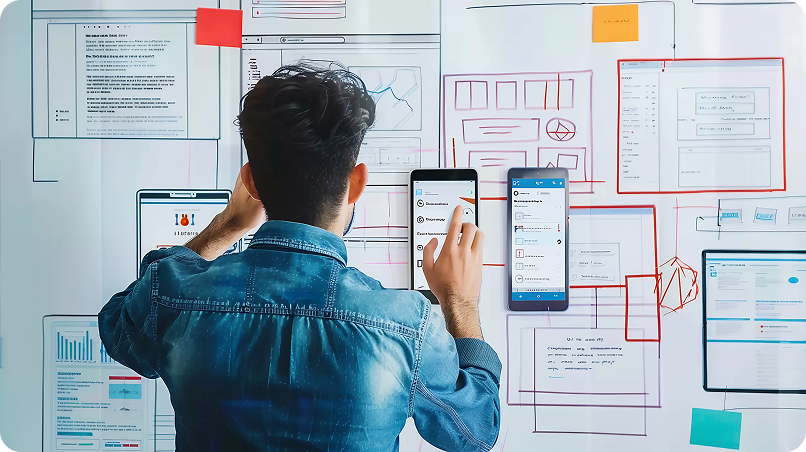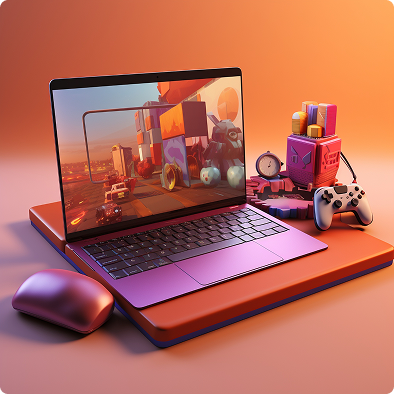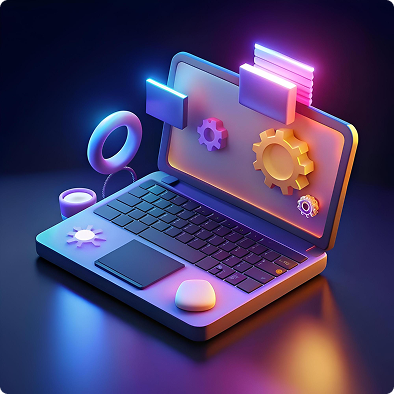
Low Fidelity vs High Fidelity: Complete Guide To Prototyping
When discussing low fidelity vs high fidelity prototypes, it's essential to understand how each plays a crucial role in the design process. Low fidelity prototypes are like rough sketches, offering flexibility and creativity during the brainstorming phase. They're fast to create, giving designers room to explore ideas without worrying about perfection.
Low fidelity vs high fidelity becomes clearer when you think about building a home. The low fidelity version is like a blueprint, simple, rough, and guiding your next steps. On the other hand, high fidelity is the fully designed home, with textures, colors, and every detail mapped out, ready for final approval.
By understanding low fidelity vs high fidelity, designers can use the best approach at the right time. Low fidelity is great for quickly testing concepts, while high fidelity ensures every detail is polished and ready for user interaction. Both are vital to a seamless design journey.
Understanding Low Fidelity Prototypes and Their Role in Early Design
Low fidelity prototypes are game-changers in the early design phase. They allow teams to quickly bring ideas to life without getting caught up in small details. This makes it easier to spot structural issues, spark creative solutions, and adjust concepts before diving into more detailed design work.
Collaborating with low fidelity prototypes also leads to better teamwork. Designers, developers, and clients can focus on functionality and user flow, rather than visuals, which helps identify intuitive and achievable designs. Early feedback through low fidelity prototypes helps prevent costly mistakes later, saving both time and money in the long run.

Exploring High Fidelity Prototype for Realistic User Testing
A high fidelity prototype takes your design to the next level, offering a nearly real experience for users. It allows teams to test actual interactions, ensuring everything functions smoothly and looks consistent. By catching potential issues early, a high fidelity prototype helps guarantee a flawless user experience before launch.
- Enables designers to assess flow and responsiveness easily.
- Supports smart, data-backed layout improvements.
- Helps visualize transitions and animations in low fidelity vs high fidelity designs.
- A high fidelity prototype reveals real user interactions clearly.
- Boosts confidence before final design execution.
A high fidelity prototype allows designers to test realistic interactions and visual details, ensuring the final product meets user expectations.
How Prototype Applications Streamline the Design Process
Prototype applications simplify every stage of design by bridging creativity and execution. They let teams collaborate live, refine ideas quickly, and maintain clear communication. This seamless flow helps transform fresh concepts into practical, user-centered products with speed, clarity, and confidence.

Streamline your design workflow effortlessly with modern prototype applications. Discover how our Prototyping and App Design Solutions enhance collaboration, efficiency, and faster product delivery.
Top Prototyping Tools Every Designer Should Know
Prototyping tools are essential for transforming creative ideas into interactive, testable designs. They allow designers to create realistic mockups, map user flows, and validate concepts early in the process. With these tools, teams ensure every design feels purposeful, intuitive, and ready for user interaction.
Popular prototyping tools like Figma, Adobe XD, and Sketch make collaboration easy. They optimize workflows, enabling real-time feedback and instant collaboration. Designers can iterate quickly, stay aligned with stakeholders, and maintain consistency, helping create user-friendly products that strike the perfect balance between design vision and business objectives.
Modern prototyping tools also encourage fearless creativity. Teams can explore bold ideas, test layouts, and fine-tune interactions without risk. Early testing prevents usability issues, sharpens the experience, and saves valuable time all while elevating the overall quality of the design process.

Overcoming a UX Design Challenge Through Smart Prototyping
When facing a UX design challenge, smart prototyping becomes a game-changer. It allows teams to test ideas quickly, fine-tune user flows, and discover innovative solutions. By using prototyping, designers ensure the final product is not only creative but also insightful and user-friendly for real-world use.
- A UX design challenge uncovers usability gaps that inspire better, user-focused solutions.
- Encourages collaborative testing among design teams.
- Validates design direction with real user feedback.
- Reduces time spent on post-launch corrections.
- Enhances satisfaction by aligning design with user goals.

The Prototyping Evolution: How Design Has Transformed Over Time
The prototyping evolution has dramatically changed how designers work, shifting from simple paper sketches to interactive digital experiences. This shift has made testing faster, improved collaboration, and enabled instant feedback. As a result, creative ideas are transformed into practical, polished products with impressive efficiency and precision.
Due to the prototyping evolution, design has become more agile, connected, and user-focused. Advanced tools allow teams to iterate smoothly, making the transition from low fidelity vs high fidelity prototypes much easier. The emphasis on usability and inclusivity ensures that every prototype creates meaningful and accessible user experiences.
The prototyping evolution continues to push boundaries, combining technology with creativity. Every new innovation allows designers to craft richer, more immersive prototypes, turning ideas into seamless digital experiences. These advances inspire and engage users, evolving with each design milestone to meet the needs of today’s fast-paced digital world.
Conclusion
Understanding low fidelity vs high fidelity prototyping empowers designers to make smarter decisions. By blending early sketches with realistic models, teams can refine ideas quickly, boost collaboration, and create digital products that resonate with users, delivering real value and impact.
If you're ready to bring your design ideas to life, our prototyping services are here to help. We make the process efficient and effective, ensuring your concepts turn into engaging, user-friendly products. Contact us today and start building exceptional user experiences that will make a real difference.
Start Your Expert Consultation
Please write your name and contact information below. We will respond as soon as possible.






